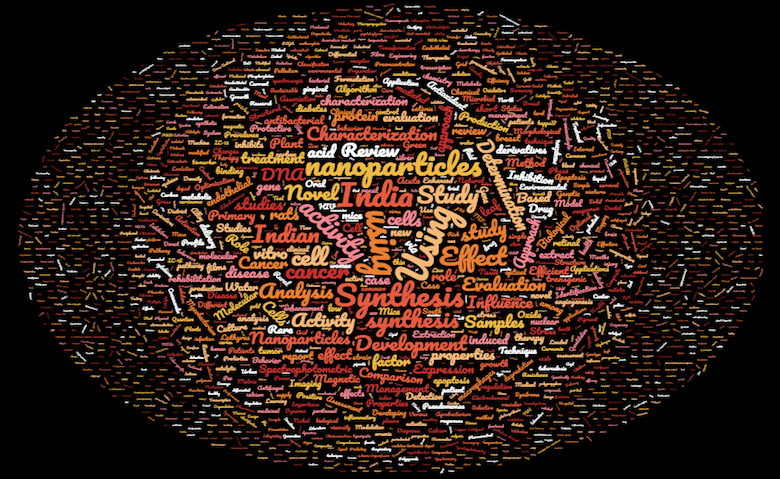
In the last decade, as the number of scientific papers coming out of Indian labs has soared, so has the number of papers being retracted. We investigated data from retractiondatabase.org to look at recent trends in India and found a 22-fold rise in retractions from 2006 to 2016.
retractiondatabase.org is an online database of retracted papers from around the globe, being maintained by Retraction Watch- a website dedicated to tracking retractions. Starting from 1992 to 2017, the database lists 545 retracted papers from India. The database itself is a work in progress, so more papers will be added in due course of time.
The trend
The overall trend is of a clear rise in the number of retracted papers. While only 5 papers were retracted in 2006, in 2016 this number rose to 109. In 2017, 55 papers have been retracted so far. As the year ends this number may rise. Previous studies too (such as here and here) have reported a rising trend.

The reasons
Though retracted papers still form a very small percentage of total published papers, what causes worry are the reasons driving these retractions. In an ideal world retractions would happen when scientists discovered errors in their work or science progressed to newer truths. However, a closer look at the retracted papers shows that scientific misconduct such as plagiarism and/or duplication of work as top reasons for retraction.
545 Indian papers are listed on the retraction database. Of these, more than hundred have been retracted for plagiarising text. Most papers had 3 – 4 reasons for retraction. The chart below shows the reasons that were responsible for retraction of at least 15 papers.

The subjects
The retracted papers come from all branches of science. 310 were from the biological sciences, which included cell and molecular biology, genetics, neuroscience, microbiology etc. It was followed by medicine(269), physical sciences(181) and environmental sciences(40) respectively.
The geography
Of all the papers listed in the database approximately 15 percent had international collaborators, with US being the top collaborator. Among other papers, several had collaborators from different parts of the country. Highest number of authors came from Tamil Nadu, followed by Uttar Pradesh, Maharashtra and New Delhi.

The questions
So, why are retractions on a rise? What makes people plagiarise, in the first place? Is it ignorance, is it apathy for ethics, is it the pressure to publish or is it the misplaced confidence that ‘I can get away with it’? The reasons vary from a case to case basis. Clearly, there is an immediate need for the scientific community to engage with ethics in science in a more meaningful way. The question is, will they rise up to the occasion?